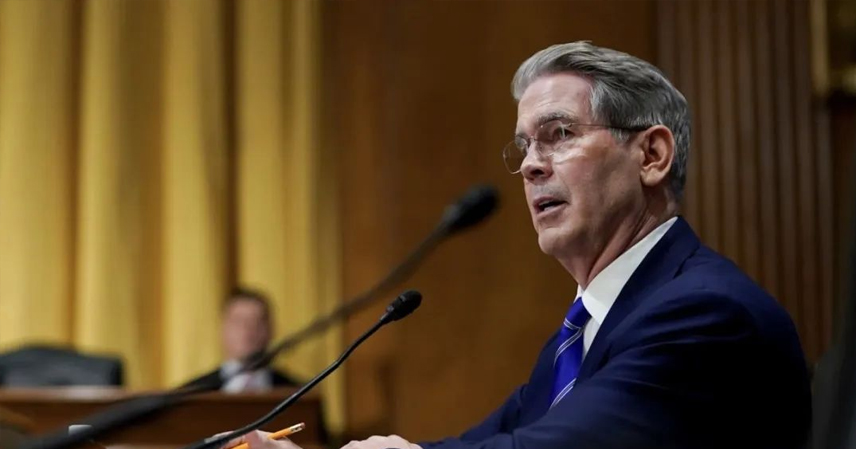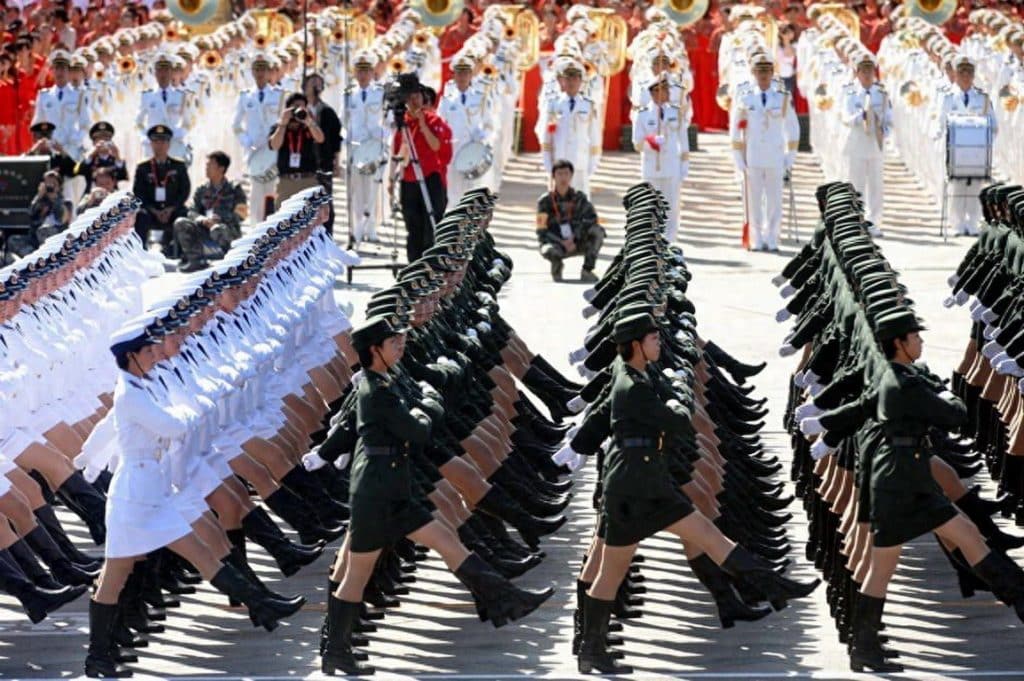The recent US-China trade negotiations in Kuala Lumpur have concluded, signaling a high likelihood that a trade agreement may soon be finalized. From a technical standpoint, the framework has been largely agreed upon, with the remaining steps focused on domestic approvals in both countries.
Key Negotiation Topics
According to Chinese sources, discussions covered several critical areas: the US maritime logistics and shipbuilding 301 measures, extension of mutual tariff suspensions, enforcement cooperation on fentanyl tariffs, agricultural trade, and export controls. Both sides engaged in constructive, in-depth exchanges, reaching preliminary agreements on each party’s concerns.
US officials echoed a positive outlook. Treasury Secretary Janet Yellen described the framework as “highly successful,” noting its constructive nature and long-term implications, which would pave the way for a summit between the leaders of both nations. US topics included agricultural purchases, TikTok regulation, fentanyl control, trade, rare earths, and broader bilateral relations. The alignment of priorities suggests that both countries are now on the same page, with solutions already drafted for many contentious issues.
Strategic Implications
This agreement framework marks a pivotal step toward stabilizing US-China economic relations. While legal and domestic hurdles remain, the negotiations demonstrate a shift toward pragmatic engagement rather than confrontational rhetoric. Both sides recognize that escalating trade tensions could harm domestic economies and global markets, emphasizing the urgency of formalizing an agreement.
US Domestic Pressures
Despite progress with China, the US continues to face internal challenges. A recent Canadian TV ad criticizing US tariff policies provoked threats from Washington to increase duties by 10% on Canadian goods. Analysts suggest that such threats may not materialize due to pending Supreme Court rulings that could limit presidential authority on unilateral tariffs. Canada has already agreed to remove the ad, likely defusing the immediate conflict.
The broader strategy for the US now focuses on securing trade agreements with other key partners. During an Asian tour, the US reached preliminary frameworks with Thailand, Malaysia, and Vietnam, and plans to meet Brazil’s president to adjust soybean tariffs. Stabilizing international trade relationships is essential, particularly ahead of potential escalations in US-China trade tensions.
Conclusion
The Kuala Lumpur negotiations represent a significant milestone in US-China trade relations, highlighting constructive engagement, mutual concessions, and strategic patience. While challenges remain, both nations are poised to move toward a formal agreement, which could provide much-needed clarity and stability to global markets.



